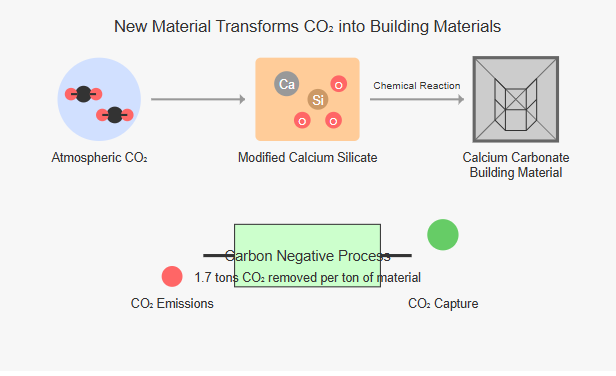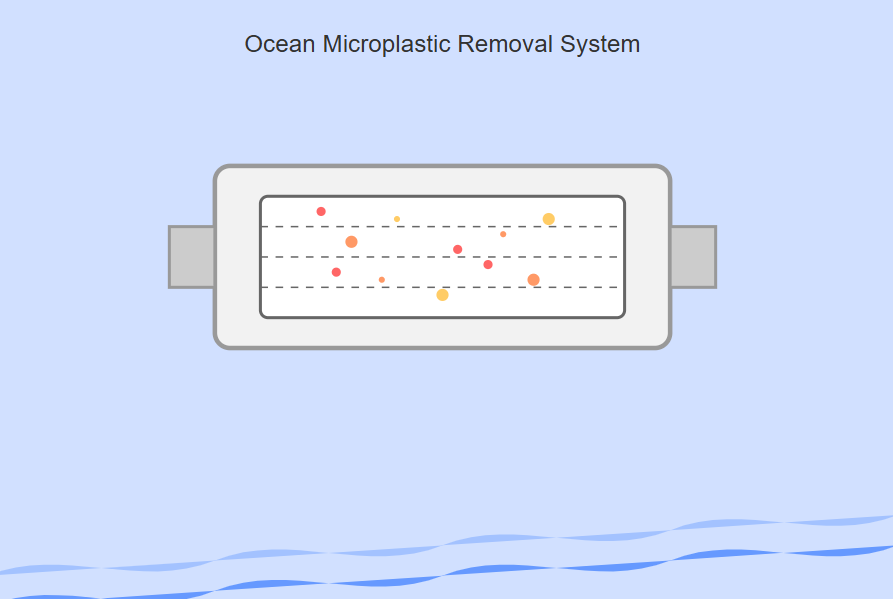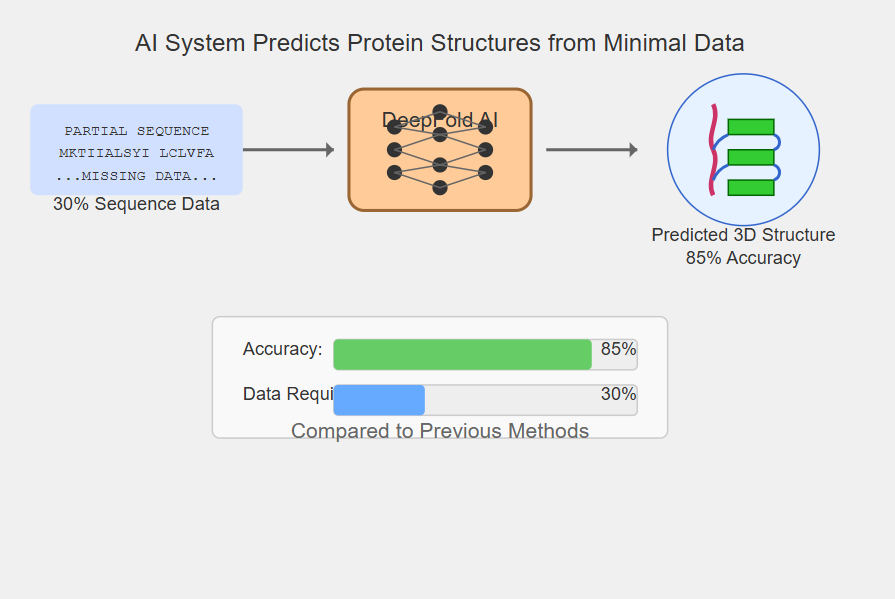
Engineers at Stanford University have created a process that converts atmospheric carbon dioxide into a durable construction material with strength comparable to concrete. The technique uses a modified calcium silicate that rapidly absorbs CO₂ and transforms it into calcium carbonate crystals, creating a solid material. Unlike concrete production, which generates significant carbon emissions, this process is carbon-negative. “Each ton of our material removes approximately 1.7 tons of CO₂ from the atmosphere,” notes Dr. Aisha Patel, who led the development. The team is now scaling up production for commercial applications.






